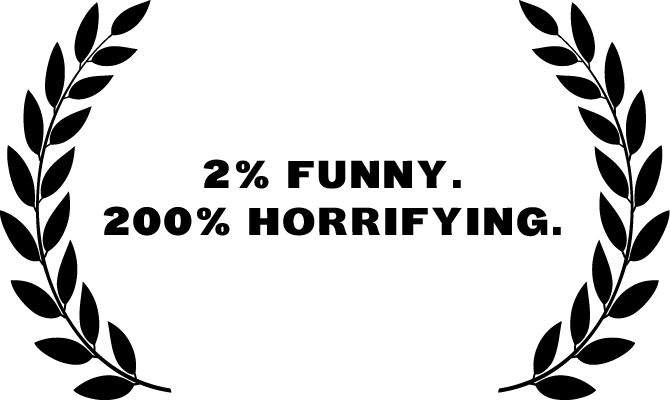
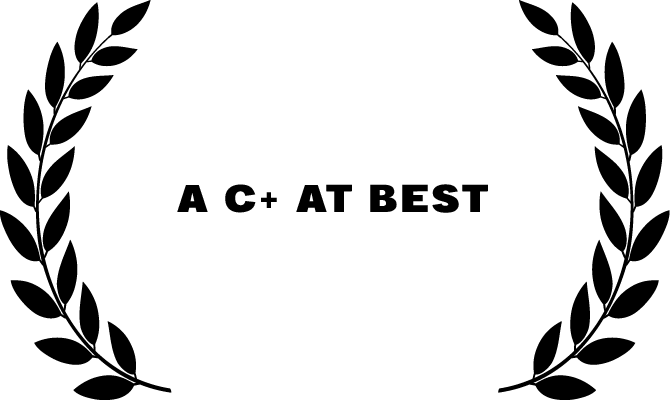
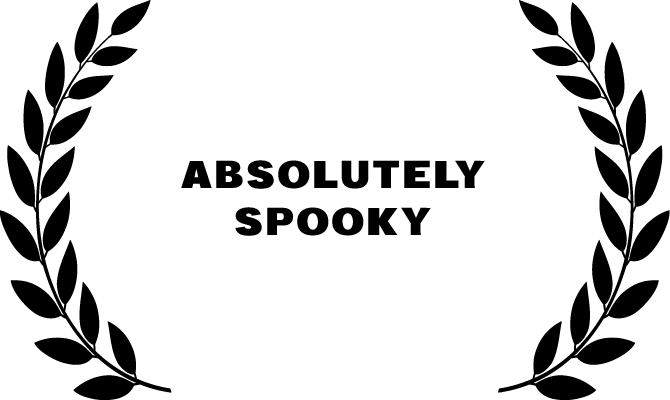
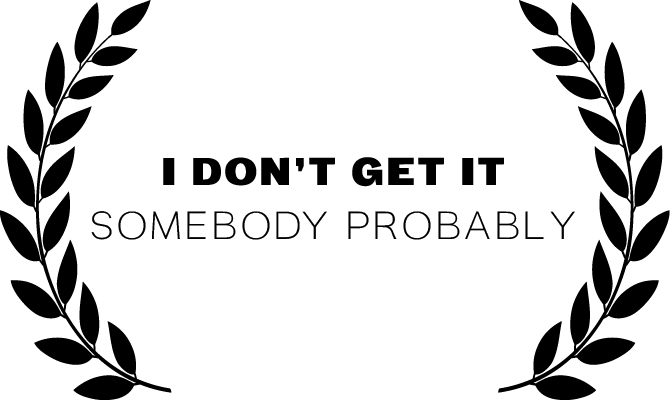
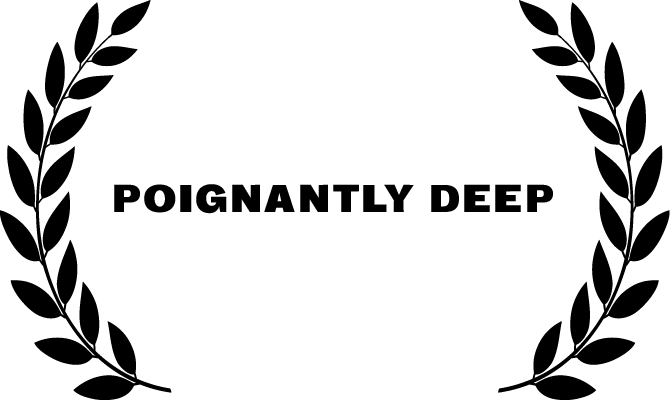
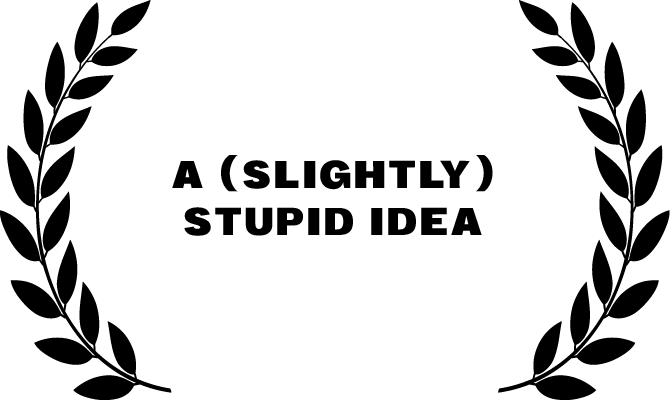
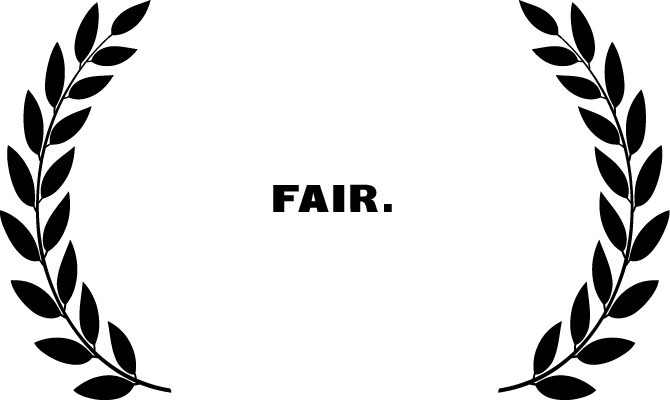
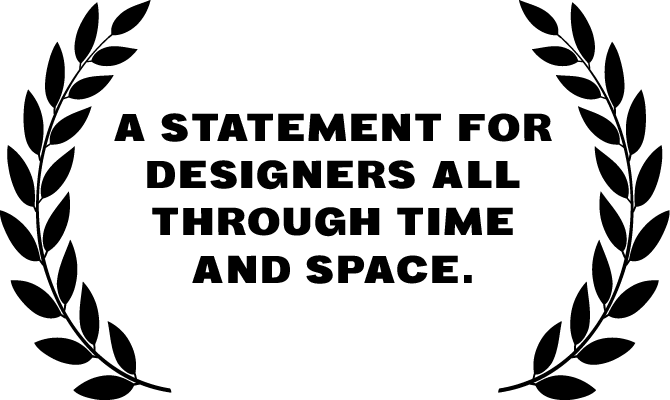

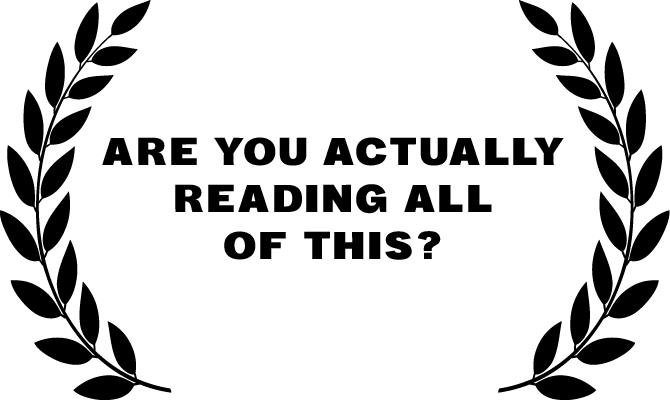





The Game for horrified designers
Cards Against Design is a card game based on the popular adult party game Cards Against Humanity. The game can be played in either the provided game modes or any custom game mode made by the players. The objective however, is to always provoke conversations based off the lives, struggles and raison d'etre of designers everywhere. Using humour, absurdity and emotion, Cards Against Design hopes to make the world (and designers better) understand what design truly is and its place and purpose in building a better tomorrow.
Being taught the value of design in D school and then seeing it all crumble in the industry, made me angry. So, I decided to reach out to the design community and understand if I had a one-off bad experience or if this was the state of our discipline; but research showed mixed responses. Some say all they are required to do is make things pop, while some say they are doing serious business; Some say deliverables are all that people care about, some say process and some say it’s the impact. But design has always been and always will be the discipline that seeks to humanize, and since nobody knows any better, a pessimistic approach was taken, design was declared doomed and now attempt to save it is being made.
Don’t know, but sure hope it does!
You can share your voice and let me know what works and what doesn’t. After all, we can’t be right on our first go, and it would be hypocritical if feedback and iteration aren’t encouraged and made a part of the process!
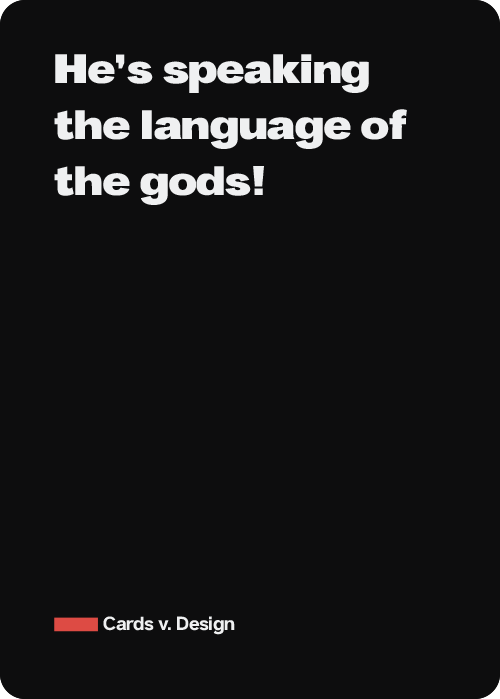
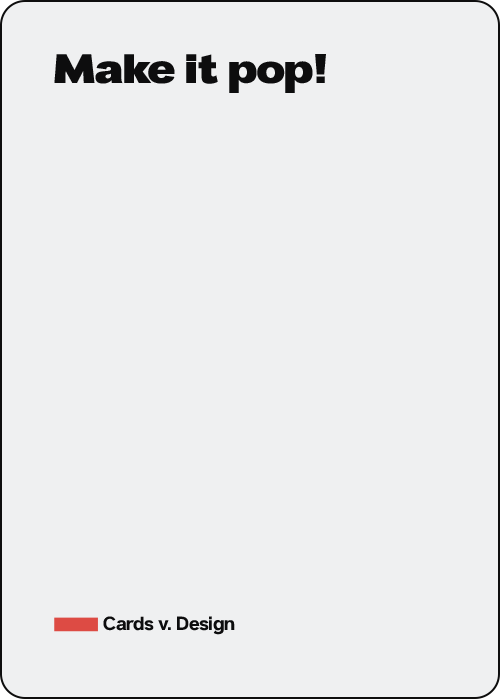
Trigger Cards
These cards are played first by Pretty Pops in Get Rid of It! or is the Source of Truth in It’s All Connected!. Each card contains either a question, or a provocation that triggers a response from designers. Designers may play or match any number of white cards in response to a black card, unless it contains a ‘Pick 2’ in which case 2 cards must be played, no more no less.
Response Cards
These cards are played in Response to a Trigger Card. Each card contains a word or a phrase that is intentionally left vague so that it’s subjectivity may connect with the players in their own personal ways. There is no right or wrong card to play as per game rules, that is determined by the players and how it relates to them. Since every match at different times may trigger different responses for different people in different situations, an infinite number of conversations might be had in the form of friendly game-time banter or serious discussions if played in such a setting.
(Because who cares about user feedback!)














